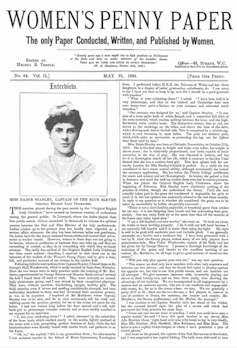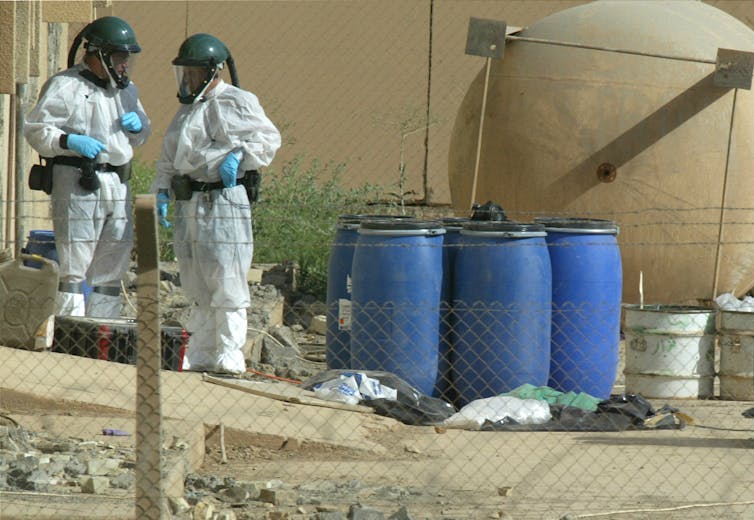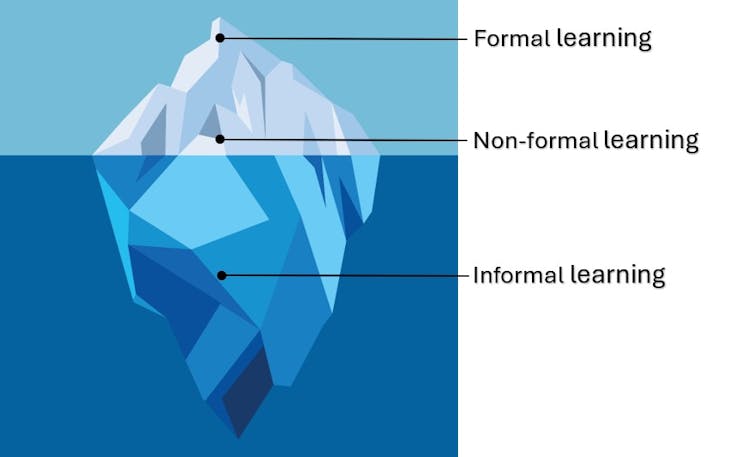Source: The Conversation – UK – By Tarini Bhamburkar, Research Affiliate, University of Bristol
Much of England has been celebrating the Lionesses’ historic win at the Uefa European Women’s Championship – the first time a senior England football team has won a major championship abroad and retained a major trophy. However, not everyone was pleased.
Former footballer and manager Joey Barton took to X to express his underwhelm, writing: “Well done to the Lioness winning the Nonsense Pottery Trophy. Those penalties were borderline embarrassing again. Don’t ever ask for equal pay again. Youse are miles off it. 🐕💨”
Barton has faced a backlash for his outdated response to the historic win, with many pointing out that the Lionesses have won more cups for England than Barton – who has won zero with the senior team, having played only 17 minutes as a substitute for them.
Sadly, Barton is just one in a long line of men who have attacked sportswomen, while refusing to recognise that women have been excelling at sport for over a century. At the same time, there is a long line of women players and fans who have repeatedly called out such misogyny.
Looking for something good? Cut through the noise with a carefully curated selection of the latest releases, live events and exhibitions, straight to your inbox every fortnight, on Fridays. Sign up here.
I have spent the last year-and-a-half digging into newspaper archives where the stories of some of these women can be found. In their own words, these sportswomen and their fans detail their experiences as pioneers – and the attacks they faced along the way.
The earliest accounts of women engaging in sport in Britain show them playing tennis or croquet, or being adept at horse riding, in the 19th century. These were seen as permissible recreational activities for the “fairer sex”, but only if the practice of them remained noncompetitive.
But in the late Victorian age this changed, as women started playing many more sports – in some cases professionally. Women’s participation in athletics and competitive sports such as cricket was furiously debated – predominantly by men, who saw it as defying traditional gender roles. At the time, a woman wanting to be a professional sportswoman was widely seen as questionable and ungraceful.

British Library, CC BY-NC-ND
There were, however, many female sports people and fans who were arguing against such ideas. I was particularly struck by one interview from 1890 with the remarkable Miss Daisy Stanley, captain of the Blue Eleven women’s cricket team.
The Original English Lady Cricketers are one of the earliest examples of paid, professional sportswomen who toured nationally between 1890 and 1892. They comprised 30 women divided into two teams: the Red XI and Blue XI.
Stanley’s interview was published on the front page of the weekly woman-edited newspaper, Women’s Penny Paper. As a progressive women’s newspaper, it was keen to profile a professional female player and inspire its women readers.
Throughout the interview, the unnamed lady journalist refers to her interviewee as “Captain Stanley” (rarely using any other term for her), asking significant questions about herself, her team and her ambitions. The article notes the enthusiasm for these women cricketers after their first public match in Liverpool against a local men’s side, where “visitors assembled in thousands”.
But the journalist laments the unserious treatment of the players at the hands of the “gentlemen” players, noting: “Whenever the game has been between ladies and gentlemen, the latter have … assumed broomsticks and treated their adversaries as weaker vessels.”
You can trace the thread from the attitudes to this pioneering cricket match in 1890 right up to Barton’s comments about the Lionesses in 2025.
Undaunted, the “tall and well-built” Captain Stanley, who looked “capable of much execution in the way of play”, rose through these afflictions. Before becoming a professional cricket player and playing regularly, she had considered the game impossible for girls to excel in – a view she reveals in the interview to have been “materially altered” by her experience of playing the game professionally.
Stanley is full of praise for ladies’ participation in sports, deeming that “there is not a more healthy … or beneficial game than cricket for our sex”.
In the wider society of the time, though, the possibilities – and benefits – of sports for women were being puzzled out socially and publicly through articles in periodicals. An article titled “Athletics for Ladies” in Cassell’s Family Magazine in 1896 lauded the benefits of women’s cautious “physical or muscular progress”, for example, but saw “football as a man’s game”.
The idea of women playing sports, let alone playing competitively, was both mocked and rebuked by swathes of the British media and public. But despite the ubiquitous pushback around them, women like Captain Stanley remained undeterred. In the interview in the Women’s Penny Paper, she mentions her thorough knowledge of the game, gives a shout-out to worthy team members and their skills, and celebrates her love of the sport.
Reflecting on having watched the paid professional Victorian women playing their cricket match so well, the impressed interviewer notes something that we would do well to remember today: “That here, as elsewhere, when women really take a thing in hand, they can and will carry it out thoroughly.”
The Lionesses have certainly done that, and we have the facts to back it up. After all, Chloe Kelly’s winning penalty kick on Sunday was reportedly faster than any shots on goal by the men this Premier League season. Try arguing with that.
Get your news from actual experts, straight to your inbox. Sign up to our daily newsletter to receive all The Conversation UK’s latest coverage of news and research, from politics and business to the arts and sciences.
![]()
Tarini Bhamburkar has received funding from the Royal Historical Society.
– ref. The Victorian sportswomen who had to fight misogynistic abuse, just like the Lionesses – https://theconversation.com/the-victorian-sportswomen-who-had-to-fight-misogynistic-abuse-just-like-the-lionesses-261798











